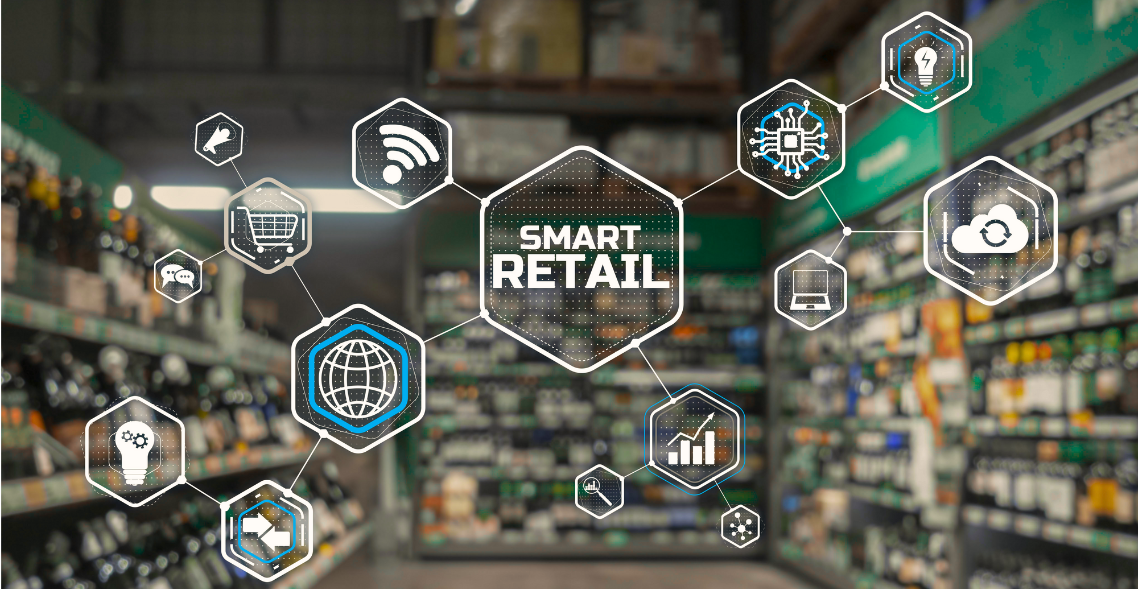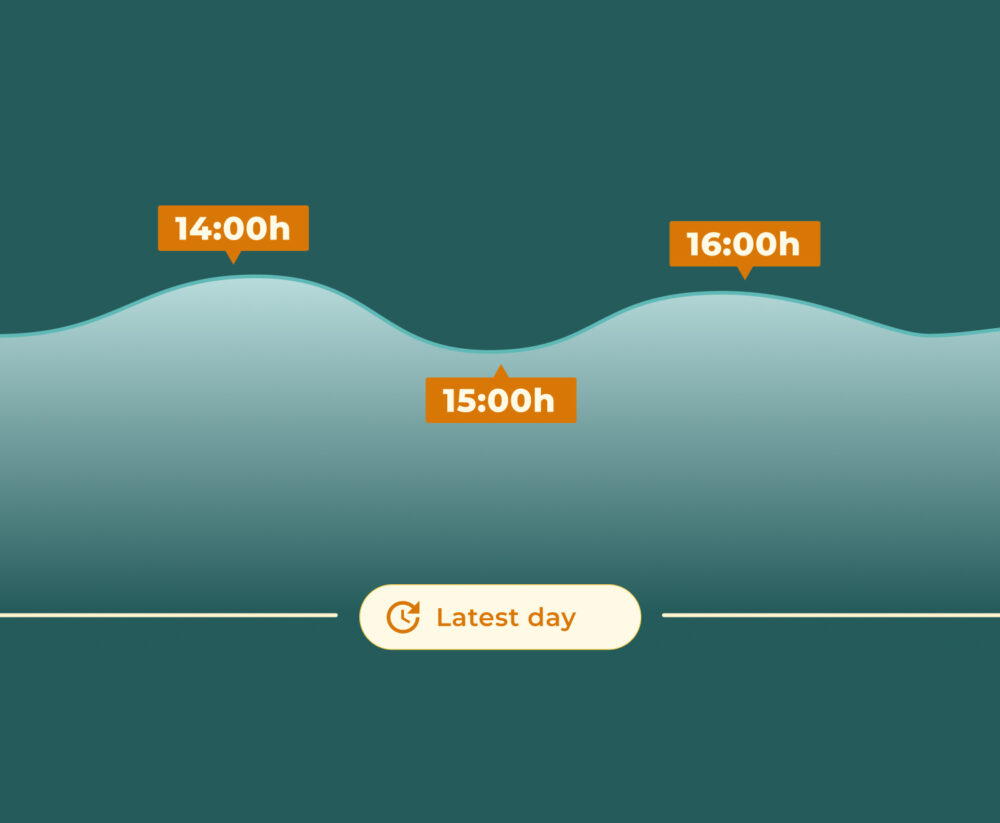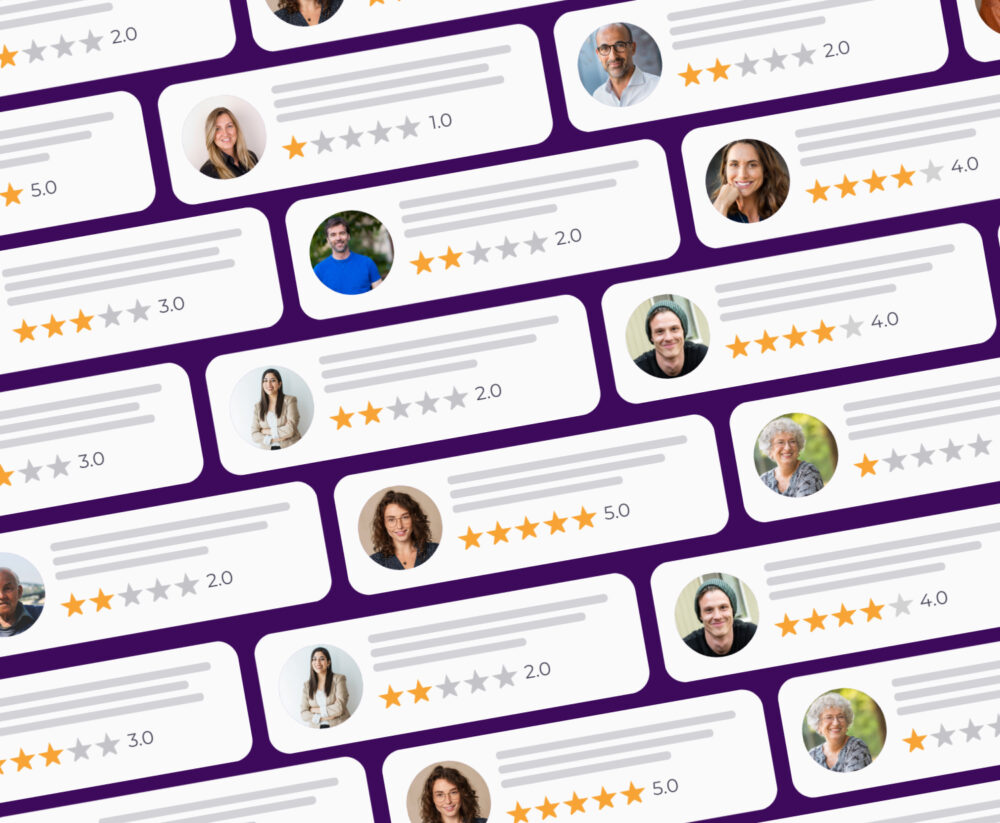Retail Media in FMCG
Retail Media has shown in recent times that it is making steady progress in all markets covered by the digital environment. However, one sector where it is expected to have the greatest impact is FMCG.
Industry experts predict that while Retail Media is a new and challenging paradigm, it will also be a new era for their businesses. This assertion was supported by various speakers at the Retail Media Congress held last February in Madrid.
Thanks to the technological innovation and access to information that Retail Media represents, FMCG professionals are obtaining data that they previously could not have, as was highlighted at the Retail Media Congress. With this information, they will be able to impact the potential user in an innovative way and have a better chance of converting them.
This opens up endless possibilities for the sector, such as using Retail Media in the same way that supermarket shelf-heads have been used until now, to impact the consumer at the moment they are closest to the point of purchase.

Retail Media: a world yet to be discovered
Retail Media is seen within the sector as a lever to achieve product visibility and increase sales. FMCG brands are aware that it is a multi-format opportunity, and that combining the online and offline market provides greater engagement with their customers. In addition, the immediacy of data collection encourages the creation of more accurate strategies that personalise the offer to customer satisfaction.
However, there is a world of possibilities to make the most of this advertising strategy:
Using retail media in the offline channel
What industry experts call ‘offline retail media strategy’ has yet to be achieved. Although retail media operates in the online environment, data collection makes it possible to learn more about the customer and apply it to the physical (offline) space.
From the information obtained online, an in-store strategy could be designed that allows the customer to move according to their preferences. In addition, the information extracted could be used to deepen the customer’s tastes for new online and offline advertising campaigns. To do this, it would be necessary to establish an online data monitoring system that would help to optimise campaigns also in the offline environment.
As a result, in addition to segmenting the audience by interests, a genuine user experience would be enhanced through access to valuable user information.
Promoting an omni-channel approach
After driving retail media in the offline environment, you need to make the leap to omni-channel. Encouraging sales in a single channel limits your strategy. The FMCG sector is aware that they need to move away from the physical and combine it with the digital. Creating a system that spans both online and offline channels enhances new business models and helps drive brands forward.
In addition, to get the most out of both, feedback from all departments is needed. By gathering data through Retail Media Monitoring, business campaigns can be optimised and synergies can be established between departments such as Marketing and Sales. This will boost your business and make your company’s efforts more profitable.
Understanding data to be able to reinvest your profits
It is also important to make good use of data to optimise retail media strategies. Brands are looking to increase return on investment (ROAS) and impact the user through the information obtained through real purchases.
Data Retail brings two key benefits: new revenue and improved customer shopping experience. For brands, it increases the reach of cross-selling and up-selling.
Thanks to the information obtained from first party data and the monitoring of this data, better business decisions can be made and the right impact can be made on the potential customer.
However, it is important to understand the data not only to assess the profitability of campaigns, but also to be able to map the right path for the user to convert. This will lead to increased sales and allow us to reinvest in new campaigns that deliver more profitability.
The importance of AI in Retail Media
According to a study conducted by CoolerScreens, 53% of FMCG advertisers believe that artificial intelligence will have a big impact on retail media. More than half of the respondents agree that AI will improve the targeting and relevance of ads. This will be made possible through real-time data mining and shopper insights.
On the other hand, according to experts’ forecasts, artificial intelligence will make it possible to offer consumers personalised experiences during the shopping process. Through the compilation of data that AI will provide, it will be possible to bring together the fragmented data sets from online and offline channels that the industry offers, and improve consumers’ shopping experiences.
Conclusion
Retail Media not only boosts the profitability of your digital channels, but also allows you to accompany your customer throughout their buying journey. To get the best results, there are a number of key elements that will empower and set your brand on the right path in retail media.
One solution is to increase the scalability of the business by investing in technology and tools that enable campaign monitoring. If you are an advertiser, platforms such as flipflow offer a detailed reporting system with which you can access all the results of your campaigns. You will be able to have all the metrics at your disposal and know how your retail media campaigns are performing and how to get the most out of them.
A Retail Media Monitoring system allows you to consolidate your business strategy and helps you to better understand how the market in which you operate works. Measurement is necessary to sustain investment in the departments involved. And having the data in one place will help you stay informed and pull together to get to the same place.



